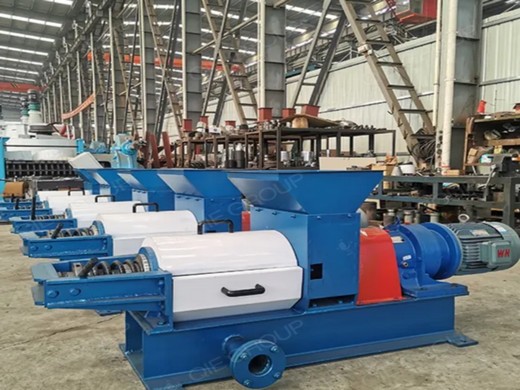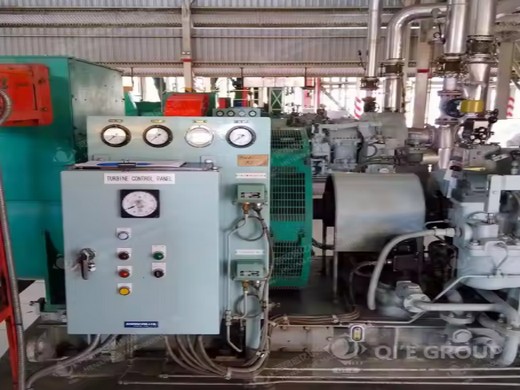Cooking Oil Press Scholar
Hrvatski Indonesia Italiano Latviešu Lietuvių Magyar Nederlands Norsk Polski Português (Brasil) Português (Portugal) Română Slovenčina Slovenščina Suomi Svenska Tiếng Việt Türkçe Ελληνικά Български Русский Српски Українська עברית
and a wealth of natural resources. Its agriculture is characterized by technified monocultures by region (such as sugar cane, coffee, flowers, cotton, banana, banana, sorghum, maize, rice, African palm, potato and cassava). There are crops for consumption, while high-value crops such as coffee, sugar cane and African palm are exported.
Predicted distribution of short-tailed mongoose
Short-tailed mongoose Herpestes brachyurus is known to inhabit Borneo, Sumatra and peninsular Malaysia. Locality records show that it is widespread and probably common in at least the northern half of Borneo. Records are much sparser south of 2°N. It occurs in forest and, to a poorly clarified extent, non-forest habitats. Eighty-six spatially precise records were used to model its
Environmental Impact of Palm Oil Industry in Indonesia Kiichiro Hayashi1 1. EcoTopia Science Institute, Nagoya University, Nagoya, Japan Abstract: Indonesia is one of the world largest palm oil producer after Malaysia with over 12 million tons of crude palm oil(CPO) production in 2004. About 60% of CPO is exported. Among the rest of it, around
Palm Oil Sustainability Certification Semantic Scholar
palm oil exporter implemented its own and mandatory Indonesia Sustainable Palm Oil (ISPO). Since the Malaysian government is yet to decide whether the MSPO should conserves energy usage and natural resources consumptions and Borneo Post, 2013). One potential is to use the palm oil empty fruit bunches (EFB) as
Coconut oil is produced by crushing copra, the dried kernel, which contains about 60- 65% of the oil. The oil has the natural sweet taste of coconut and contains 92% of saturated fatty acids(in the form of triglycerides), most of them (about 70%) are lower chain saturated fatty acids known as medium chain fatty acids (MCFAs).
Research, part of a Special Feature on Public
Cash crops are developing in the once forested areas of Indonesia in parallel with market and economic improvements. Perennial crops such as coffee, cocoa, and rubber were first planted in estates by private or public companies. Local people then integrated these crops into their farming systems, often through the planting of agroforests, that is, intercropping the new cash crop with upland
The effect of soil water content on efflux of CO2 from soils has been described by linear, logarithmic, quadratic, and parabolic functions of soil water expressed as matric potential, gravimetric and volumetric water content, water holding capacity, water-filled pore space, precipitation indices, and depth to water table. The effects of temperature and water content are often statistically
Dictionary, Encyclopedia and Thesaurus The Free
The World's most comprehensive free online dictionary, thesaurus, and encyclopedia with synonyms, definitions, idioms, abbreviations, and medical, financial, legal specialized dictionaries
Natural threats include erosion, sedimentation and sea level rise. Because of these threats, mangrove forest is the most threatened habitat in the region. Only sporadic patches of mangrove forests are left in India and Sri Lanka, and they have been depleted in Burma, Thailand, Malaysia and Indonesia.
- Is oil palm development a good idea in Indonesia?
- Oil palm development in Indonesia has provoked a huge amount of controversy. While the potential developmental benefits of biofuel cultivation have been emphasized (Nature 2007; Pickett et al. 2008), many have taken a strong position against plantation expansion for social as well as environmental reasons.
- Does oil palm expansion affect biodiversity?
- The biodiversity and climate consequences of oil palm (Elaeis guineensis) expansion across South East Asia have received considerable attention. The human side of the issue, highlighted with reports of negative livelihood outcomes and rights abuses by oil palm companies, has also led to controversy.
- Can intensification help Indonesia meet palm oil demand while preserving fragile ecosystems?
- We used a data-rich modelling approach to investigate how intensification on existing plantations could help Indonesia meet palm oil demand while preserving fragile ecosystems. We found that average current yield represents 62% and 53% of the attainable yield in large and smallholder plantations, respectively.
- Does plant diversity affect native recruits in oil palm landscapes?
- At the local scale, results demonstrated that greater initial planting diversity begets greater diversity of native recruits, overcoming limitations of natural recruitment in highly modified landscapes. Establishing large and diverse tree islands is crucial for safeguarding rare, endemic, and forest-associated species in oil palm landscapes.
- How has oil palm plantation expansion impacted land conversion in Indonesia?
- The expansion of oil palm plantations in Indonesia has led to massive land conversion. At present palm oil in West Sulawesi is the largest oil palm plantations in eastern Indonesia, the development…
- How many smallholders grow oil palm in Indonesia?
- One third of the current area under oil palm in Indonesia is cultivated by smallholders, approximately 2.4 million ha (Ministry of Agriculture of Indonesia 2009) and much of the expected future expansion will occur as a consequence of smallholder uptake (Vermeulen and Goad 2006; CIFOR 2008).






